Bunny-Proofing & Beyond: 10 Must-Have Bunny Rabbit Accessories for Pet-Integrated Home Spaces
Welcome to a cozy corner where pet-integrated spaces meet home decor magic! If you’re a proud bunny parent—or aspiring to be one—you know how tricky it can be to maintain an aesthetically pleasing space without compromising on safety or fun for your hopping companion.
In this article, we’ve curated the ultimate list of bunny rabbit accessories that don’t just look good but also serve practical purposes in your shared living environment. Whether you're a seasoned interior decorator or a newbie pet owner with design aspirations, this guide will help you create a harmonious pet-friendly sanctuary.
Table of Contents
- Why Bunny-Integrated Design Matters
- Top 10 Bunny Rabbit Accessories You Need
- Buying Guide: What to Look For
- Decor Tips for Integrating Bunnies into Your Space
- Conclusion
Why Bunny-Integrated Design Matters
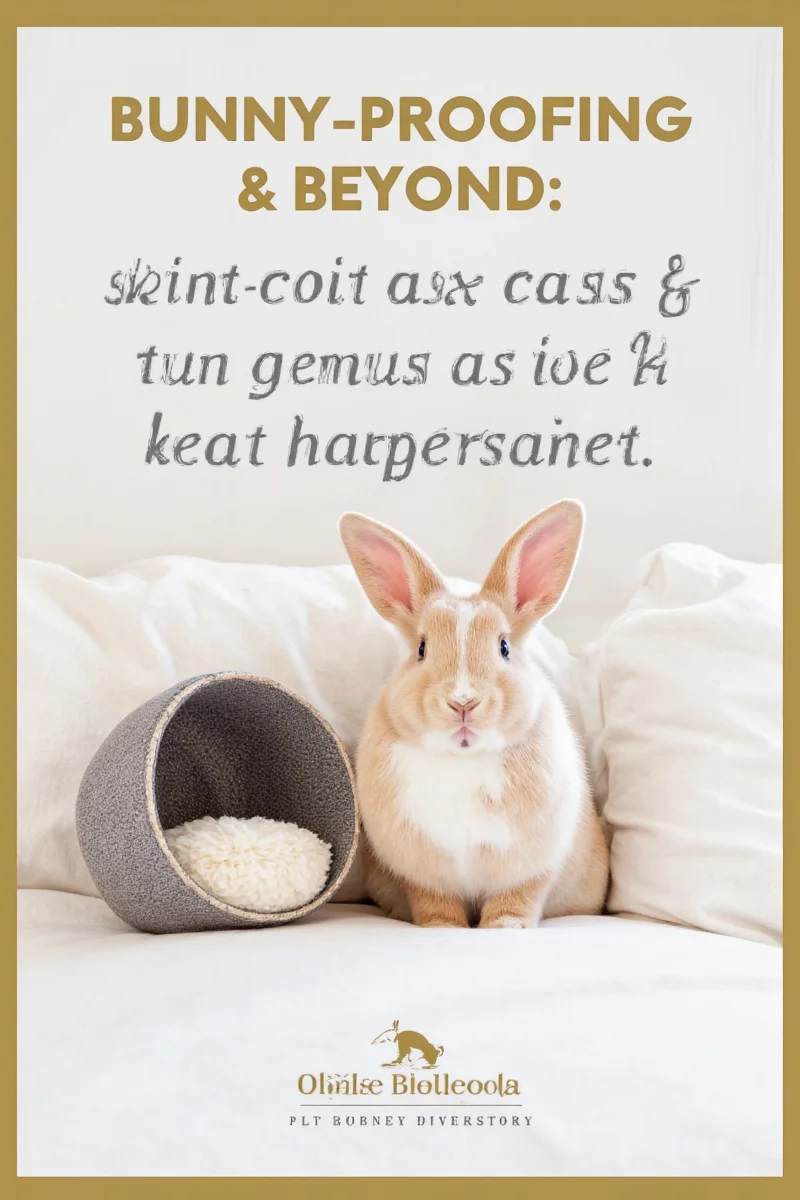
We all love our pets—and our homes. The challenge is making sure both coexist beautifully. Bunnies, especially, are curious creatures who enjoy chewing, digging, and exploring. Without proper integration, they can wreak havoc on expensive furniture, carpets, and electronics.
Enter pet-integrated design: a thoughtful approach to interior decorating that blends pet needs with aesthetic appeal. Think stylish chew-proof couches, built-in play zones, and decorative barriers that double as bunny gates. It’s not just about protecting your stuff—it’s about creating a space that reflects both your personality and your bunny’s!
Top 10 Bunny Rabbit Accessories You Need
From cozy corners to functional feeders, here’s our list of must-have bunny rabbit accessories that keep your buns happy while preserving your home’s style:
- Designer Litter Boxes
- Chew-Resistant Furniture Covers
- Custom Bunny Beds
- Eco-Friendly Digging Mats
- Hanging Chew Toys
- Stylish Baby Gates (Pet-Specific)
- Rabbit-Safe Indoor Play Tunnels
- Aesthetic Hay Dispensers
- Non-Toxic Wall Guards
- Interactive Treat Balls
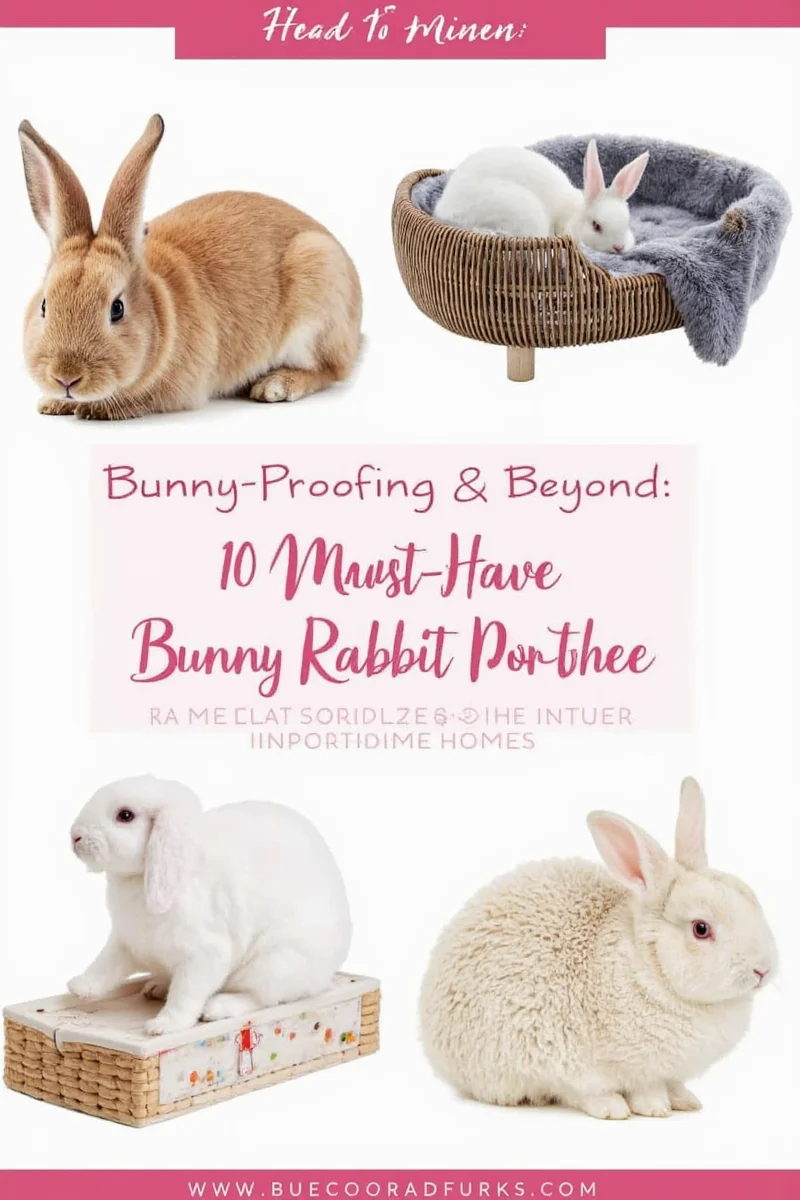
| Accessory | Material | Style | Safety Feature | Best For |
|---|---|---|---|---|
| Designer Litter Box | Recycled Plastic | Moderne | Odor-Control Filter | Open-plan homes |
| Chew-Resistant Couch Cover | Kevlar Blend | Neutral Tone | Reinforced Seams | Minimalist interiors |
| Custom Bunny Bed | Memory Foam + Organic Cotton | Vintage Chic | Removable Washable Liner | Cozy bedrooms |
| Eco-Friendly Digging Mat | Jute + Recycled Rubber | Natural Boho | Non-Slip Base | Playrooms or offices |
| Stylish Pet Gate | Bamboo Frame | Scandinavian | Adjustable Width | Multi-level homes |
Buying Guide: What to Look For
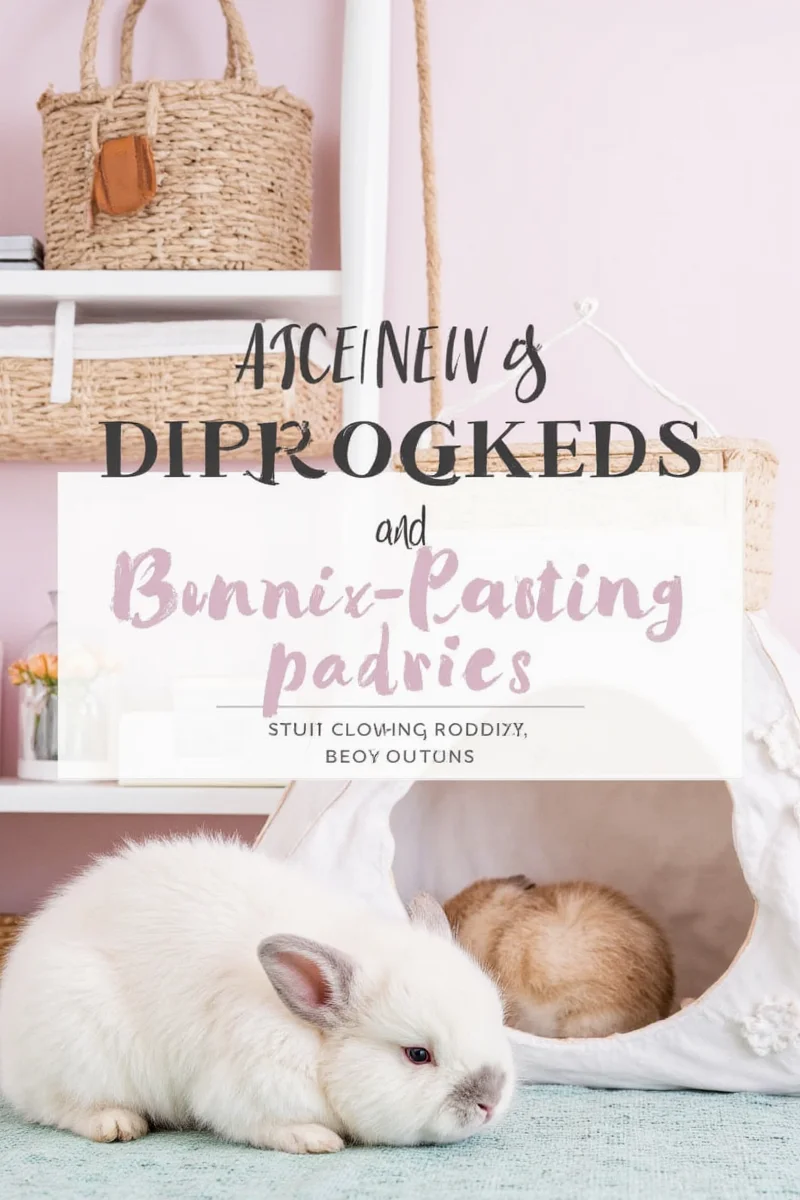
Shopping for bunny rabbit accessories isn't just about cuteness (though let’s be honest, cute is important). Here's what to prioritize when selecting the perfect pieces:
1. Safety First
- Toxin-free materials: Always check for non-toxic dyes and natural fibers.
- No small parts: Avoid anything that could be swallowed or choked on.
- Smooth edges: Especially for furniture covers or play tunnels.
2. Durability
- Chew-resistant fabrics: Kevlar blends or thick hemp are great options.
- Reinforced stitching: For beds, hammocks, or dig mats.
- Scratch-proof surfaces: Essential for litter boxes and wall guards.
3. Aesthetic Compatibility
- Color coordination: Choose hues that match your current palette.
- Design synergy: Modern? Look for geometric patterns or clean lines.
- Multifunctional items: Think ottomans that double as hay dispensers.
4. Ease of Cleaning
- Washable covers: Ideal for beds, litter boxes, and couch protectors.
- Quick-dry material: Especially for play areas near water bowls.
- Odor-neutralizing technology: For enclosed accessories like litter boxes.
5. Seasonal Versatility
- Winter-ready warmth: Insulated beds or fleece liners.
- Summer cooling options: Breathable mesh tunnels or cooling pads.
- Holiday-themed editions: Perfect for Easter or Christmas decorations.
Decor Tips for Integrating Bunnies into Your Space
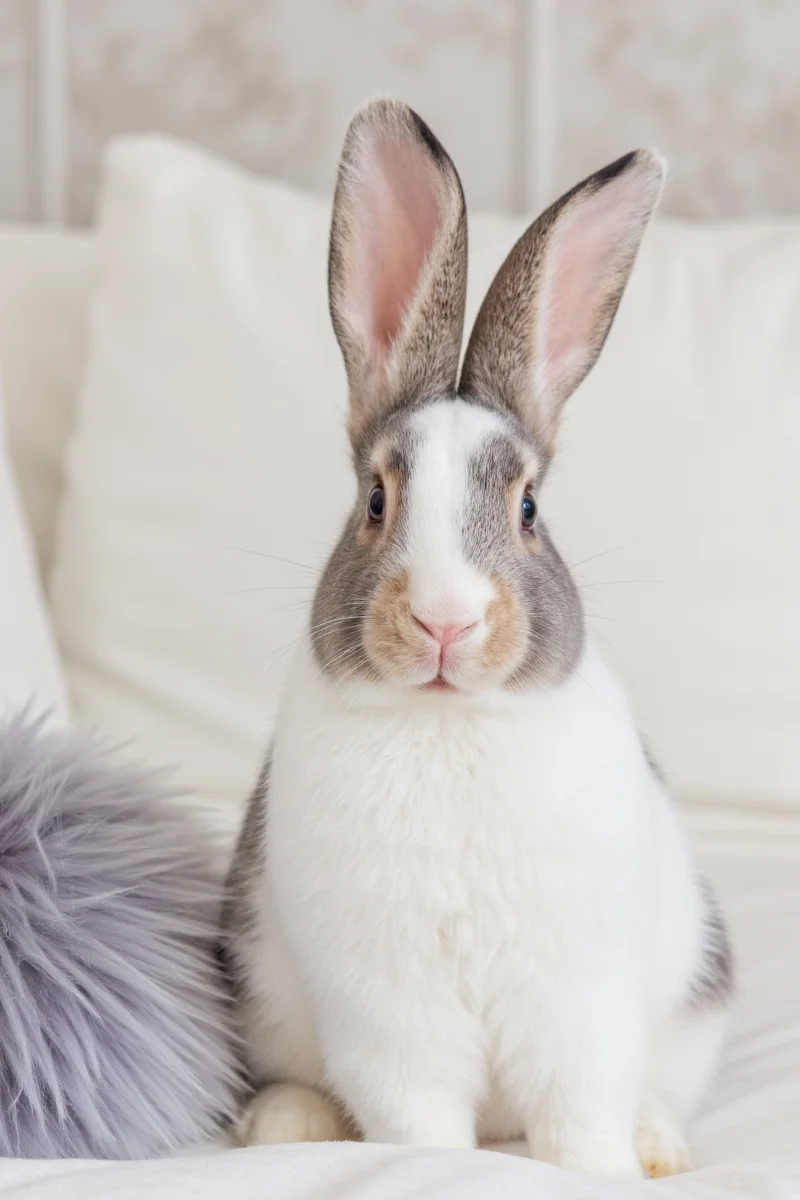
Creating a beautiful home that welcomes your bunny doesn’t mean sacrificing your personal style. Here are some pro tricks from interior designers who specialize in pet-integrated spaces:
- Go vertical: Install bunny shelves or wall-mounted hideouts to save floor space.
- Blend in boundaries: Use baby gates that look like part of your decor instead of plastic fences.
- Hide the mess: Opt for enclosed litter boxes that resemble side tables or storage bins.
- Accessorize smartly: Choose hay dispensers that look like vintage baskets or modern art pieces.
- Add texture strategically: Use rugs or cushions that camouflage bunny hair but still feel luxurious.
- Think seasonal: Swap out accessories with holidays—think pumpkin-shaped beds for fall or Easter nests for spring.
Conclusion
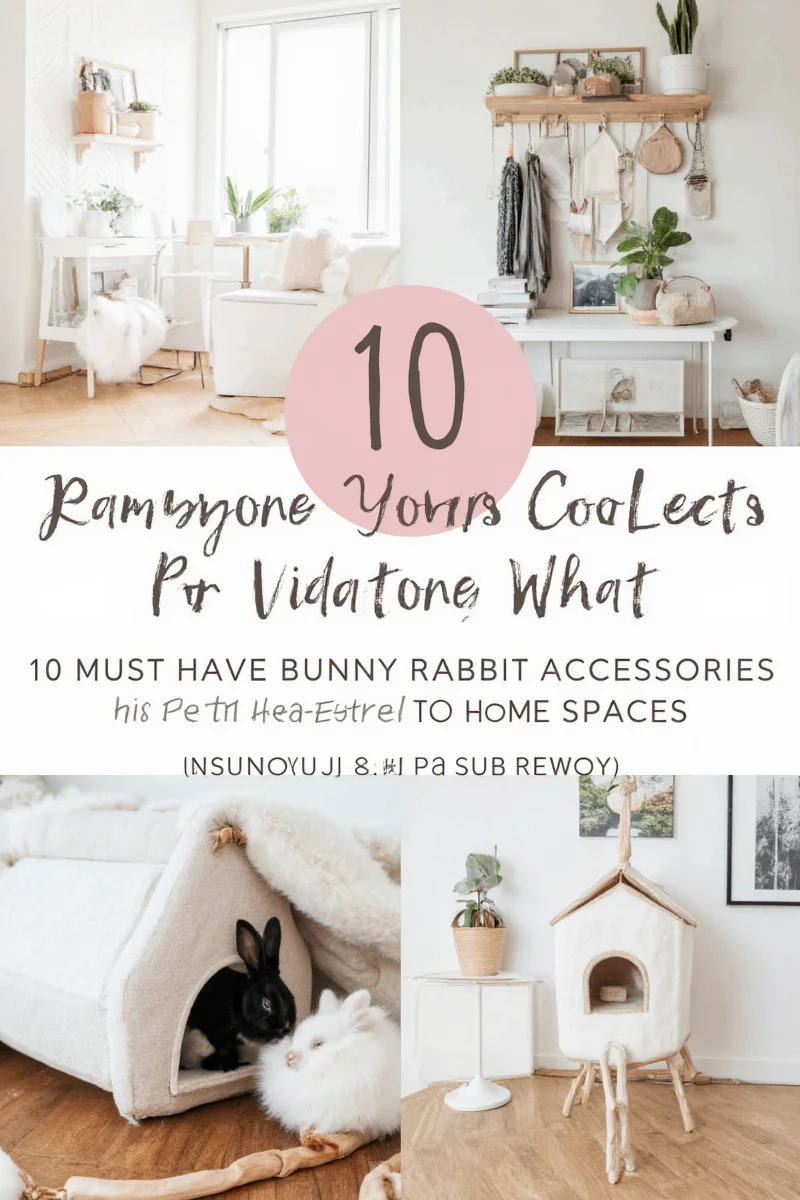
Gone are the days when pet care meant cluttered corners and utilitarian cages. Today, pet-integrated spaces are a celebration of companionship and creativity. By choosing the right bunny rabbit accessories, you can build a stylish, functional home that keeps your bun happy and your decor intact.
Whether you’re outfitting your first bunny-friendly apartment or upgrading your existing setup, remember: the best bunny decor is the kind that makes you smile—and makes your pet hop with joy.
So go ahead, shop thoughtfully, decorate boldly, and let your bunny live their best life—in style.

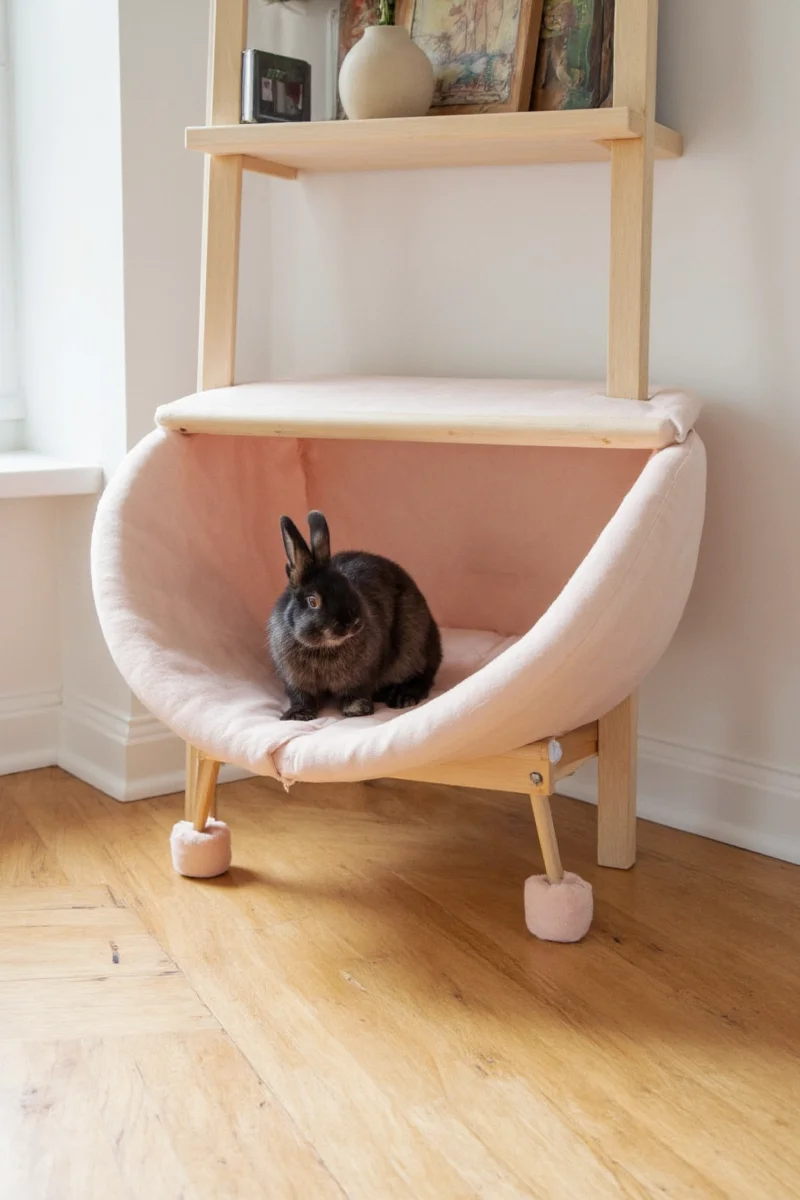









 浙公网安备
33010002000092号
浙公网安备
33010002000092号 浙B2-20120091-4
浙B2-20120091-4